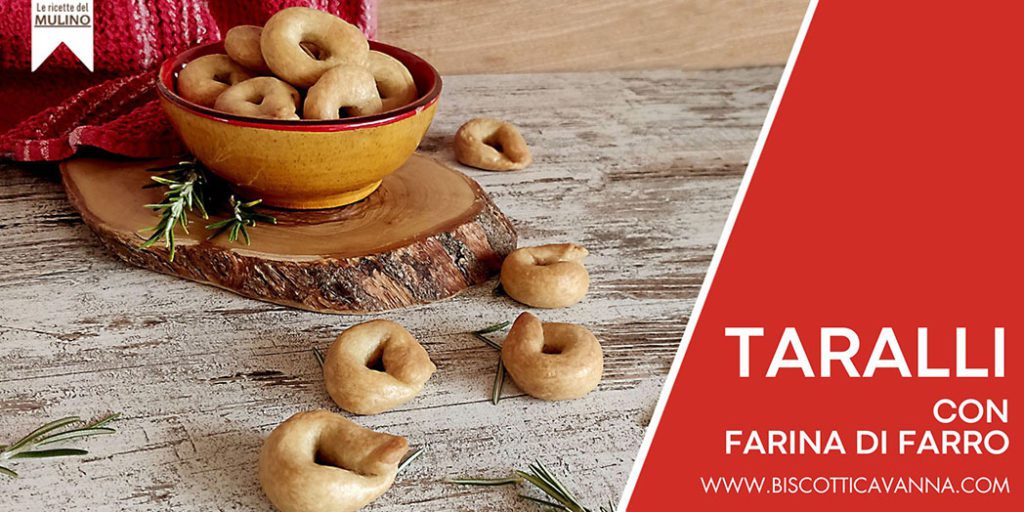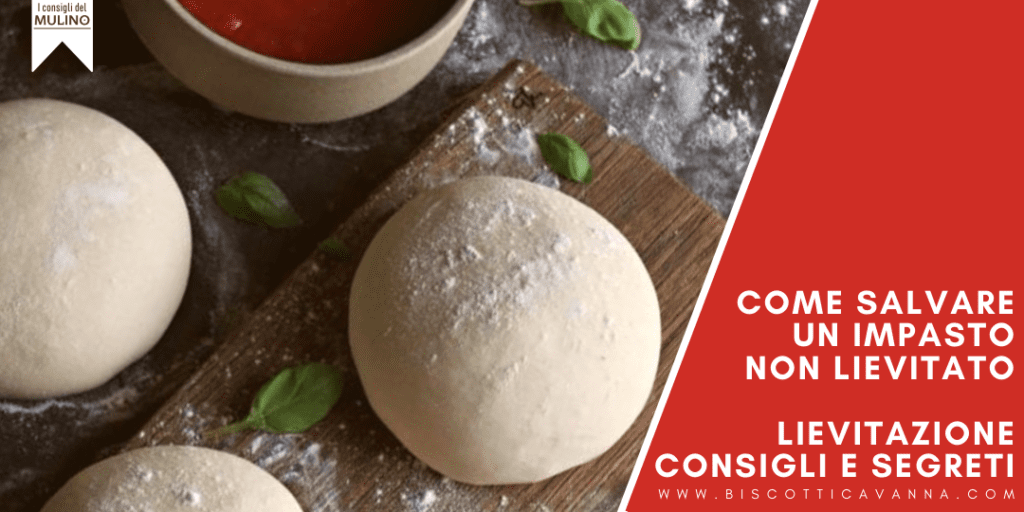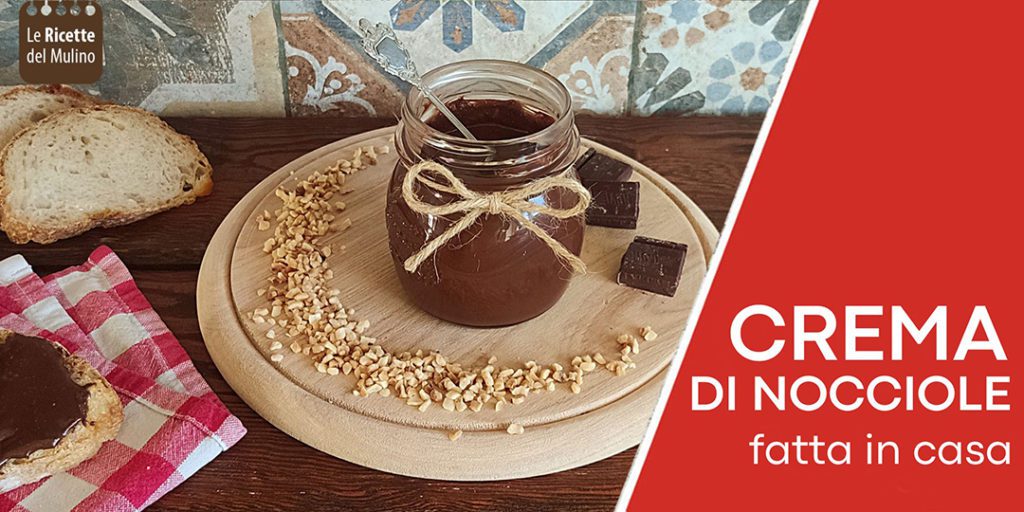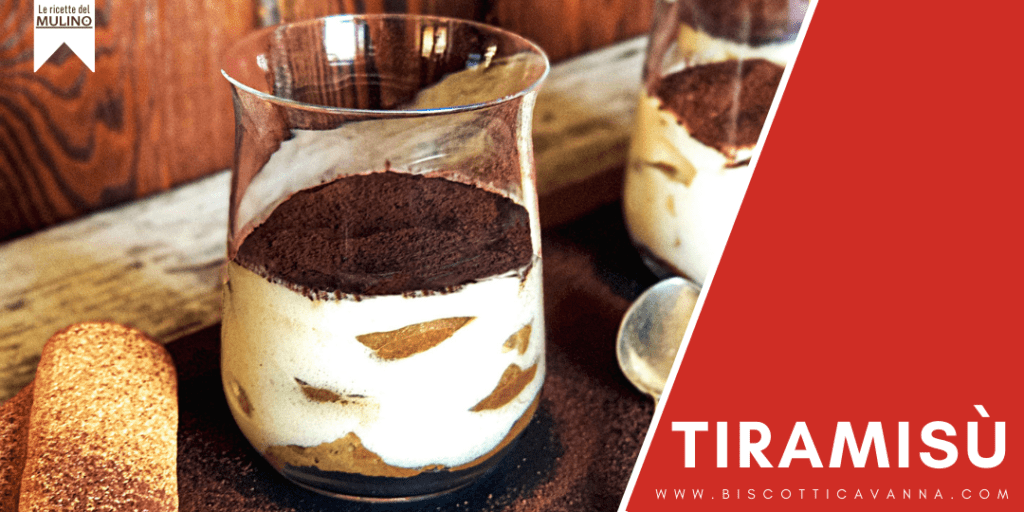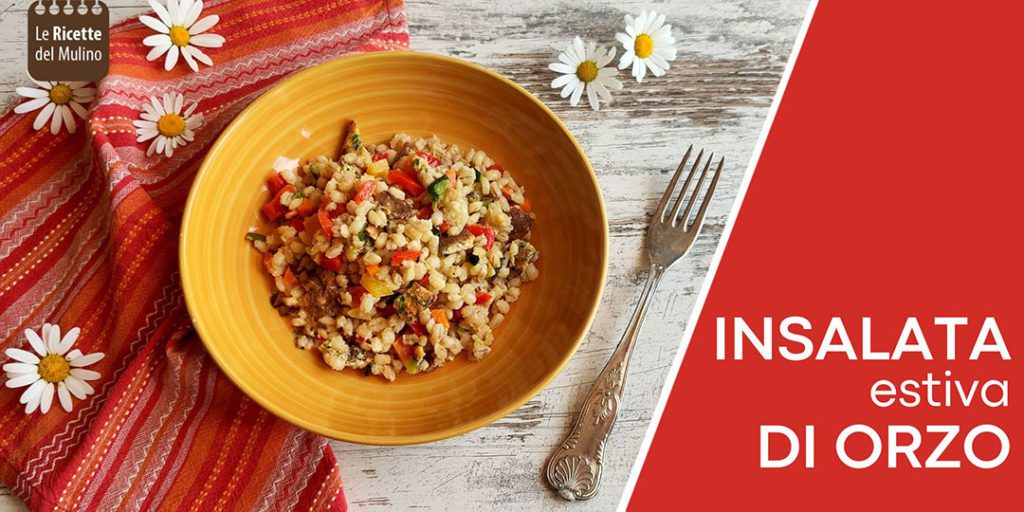How good is freshly baked bread
Maybe still lukewarm that gets eaten one slice after another…. But of course having fresh bread on the table every day is not easy, if we talk about homemade bread I would say impossible because unfortunately we don’t have the time to knead, bake and serve bread every day. It would be enough to buy fresh bread every day from the baker but it is not always that easy given the many commitments that fill our days. This is when it becomes important to know the various methods of bread preservation and to understand how to take advantage of them in everyday life. There are two ways to store bread and they are the
storing at home, in the right wrapping and location, for a few days, depending on the type of product, and freezing to further extend its shelf life.
HOW TO STORE BREAD AT HOME
Bread exposed to the environment tends to dry out by dehydrating, so it is a good idea to put the bread in a paper bag, tightly sealed, and then place it inside a plastic bag.
The paper keeps the right balance of moisture and the plastic limits its evaporation.
In this way, the bread will keep for 2-3 days.
Alternatively, to avoid paper and plastic, you can use grandma’s remedy: a cotton bag. Just take an organic, chemically untreated cotton dishcloth, wash it with Marseille soap in boiling water, lay it out and let it dry.
Wrap the bread carefully in it, closing it up like a bundle.The cotton cloth will have the same function as the paper bag, that is, to protect the bread from air and moisture, keeping it soft.
Store in a cool, dry place, away from sources of heat or direct light.
If the temperature in the kitchen is slightly humid and warm, bread placed in the bag can be kept outside, but if the air is dry, it is best to store the bag unopened in the pantry.
If, on the other hand, the air in the kitchen is very humid, it is better to opt for freezing.
WHAT DOES FREEZING MEAN?
Freezing is the cooling of food to such temperatures that water changes from a liquid to a solid state, forming ice crystals.
It occurs if the product is subjected to temperatures between 0° C and -15° C, a slower process than freezing with more ice crystals.
We talk about frozen food for homemade products precisely because it is a method that can be practiced at home, simply using your own freezer, without the need for special tools.
This method is effective in prolonging food preservation but does not allow the activity of enzymes to be completely blocked, and therefore over time deterioration in terms of the original quality of the product ensues.
In fact, upon thawing, a partial loss of the food’s nutritional and organoleptic values occurs.
HOW TO FREEZE BREAD AT HOME
It is advisable to cut the bread already into slices so that it will be easier to take out the desired amount whenever there is a need, also because it should never be frozen twice and in this way waste is avoided.
Seal the bread tightly in a special bag suitable for freezing, and store in the freezer at home.
To thaw unsliced bread, i.e., micca, you need a couple of hours at room temperature; you can speed up the time and restore crispness by putting it in the oven for a few minutes before serving.
TYPES OF BREAD / SUITABLE STORAGE
Bread made with sourdough (natural)
Thaw the bread at room temperature or in the oven at low temperature as needed.
Bread made with brewer’s yeast
Thaw the bread at room temperature or in the oven at low temperature as needed.
Bread bought from the baker
Thaw portions of bread as needed.
👉 Find out how to
Preserve Cookies and How to
Preserve Flour and Rice 👉 Try bread recipes like the Semi-Wholemeal Bread



